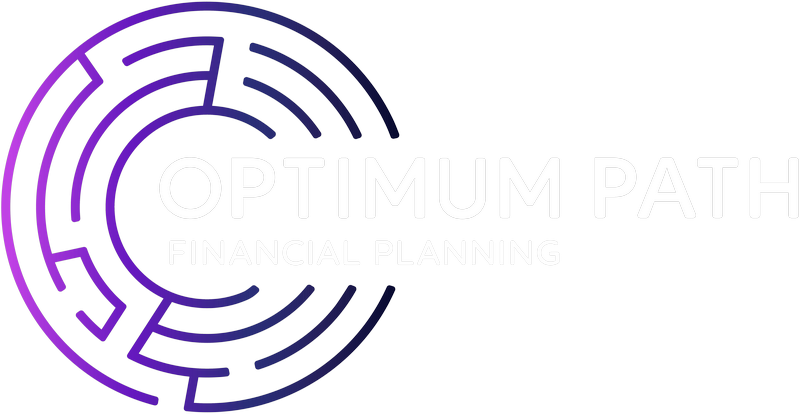18 April 2019
Over one million people at risk of extra charges on pensions
;)
Research suggests that well over a million people could exceed the Lifetime Allowance (LTA) for their pension, potentially leaving them with an unexpected tax bill.
The LTA is a limit on the amount of pension benefit that can be paid in before an additional tax charge is triggered. The current LTA is £1.055 million, following an increase in line with inflation for the 2019/20 tax year. However, it’s still a reduction on where it stood relatively recently; in 2011/12 the LTA was £1.8 million.
The LTA may seem significant. However, when you consider that you’re paying into a pension over your working life, it’s easier than you might think to breach the limit. So, what happens if you do? You’ll face additional tax charges on the portion of pension savings that are above the LTA. The tax rate depends on how you access your savings:
- 55% if you receive it as a lump sum
- 25% if you take it any other way
Research from Royal London suggests that over a million workers could unwittingly be facing these extra tax charges. It’s estimated that 290,000 workers have already built up pension benefits in excess of the LTA, with half of these still adding to their pension. Furthermore, it’s expected that a further 1.25 million workers will breach the LTA by the time they retire.
Those at risk of breaching the LTA allowance fall into two main groups according to the report:
- Relatively senior public sector workers with a long service and a Defined Benefit pension. This is particularly true for those that now have to work until the age of 65 rather than 60 before claiming their pension
- Relatively well-paid workers with a Defined Contribution pension arrangement where their employer makes a generous continuation. Those most likely to be affected have a salary in the range of £60,000 to £90,000 per year
Steve Webb, Director of Policy at Royal London, said: “This research shows, for the first time, how the drastic cuts in the Lifetime Allowances mean that a large number of workers will now be caught by a limit that was originally only designed for the super-rich.”
Are you at risk of exceeding the Lifetime Allowance?
If you’re concerned about exceeding the LTA, the first step is to calculate the value of your pension.
Defined Benefit pension: With a Defined Benefit pension, also known as a Final Salary pension, you first need to know the expected annual pension. How this is calculated will have been specified when you first joined the pension scheme, it’s typically linked to years of service and your final salary. You then need to multiply the expected annual pension by 20. As a result, if you’re on track to receive a pension of more than £52,750 you are likely to be affected by the LTA.
Defined Contribution pension: For a Defined Contribution pension you need to project the value of all your Personal Pensions at the point of retirement; remember this will include your contributions, employer contributions and tax relief. The final figure also includes investment returns, so even if you’re approaching the LTA and stop paying in, positive performance could mean you exceed the limit.
What to do if you’re approaching the LTA
Knowing you’re approaching the LTA can be a concern. You essentially have two options; continue to pay into the pension or stop. Knowing that you may be facing additional tax charges can make it seem like stopping pension contributions is the right thing to do, however, there are times when continuing to be a member of a scheme is useful.
Paying in
There may still be benefits to paying into a pension, even if you’re approaching the Lifetime Allowance.
If you have a Defined Benefit scheme, for example, the auxiliary benefits, such as a spousal or dependent’s pension, may be valuable to you. Depending on how your pension is calculated, such as the accrual rate and whether it’s a final or career average salary, you may still find you benefit overall from continuing to be a member of your pension scheme.
If you’re a part of a Defined Contribution pension scheme, employer contributions, tax relief, and potential investment returns, again, may mean it makes financial sense to carry on paying in. Defined Contribution pensions can normally be passed on free from Inheritance Tax too, so can be a useful tool when estate planning.
It’s also worth noting that the LTA is expected to rise in line with inflation. As a result, you should consider what the LTA may be when you come to the point of taking your pension and any additional tax charges will be paid.
Stopping payments
Despite the above, remaining a member of a pension scheme doesn’t always make financial and practical sense. If this is the case for you, it’s important to consider your financial objectives and other tax-efficient ways you can save for retirement. This should be included as part of your wider financial plan and determined before you leave.
Should you find you’re approaching the LTA or have other pension concerns, please contact us.
Please note: A pension is a long-term investment. The fund value may fluctuate and can go down, which would have an impact on the level of pension benefits available. Your pension income could also be affected by the interest rates at the time you take your benefits. The tax implications of pension withdrawals will be based on your individual circumstances, tax legislation and regulation, which is subject to change in the future.
Category: News
